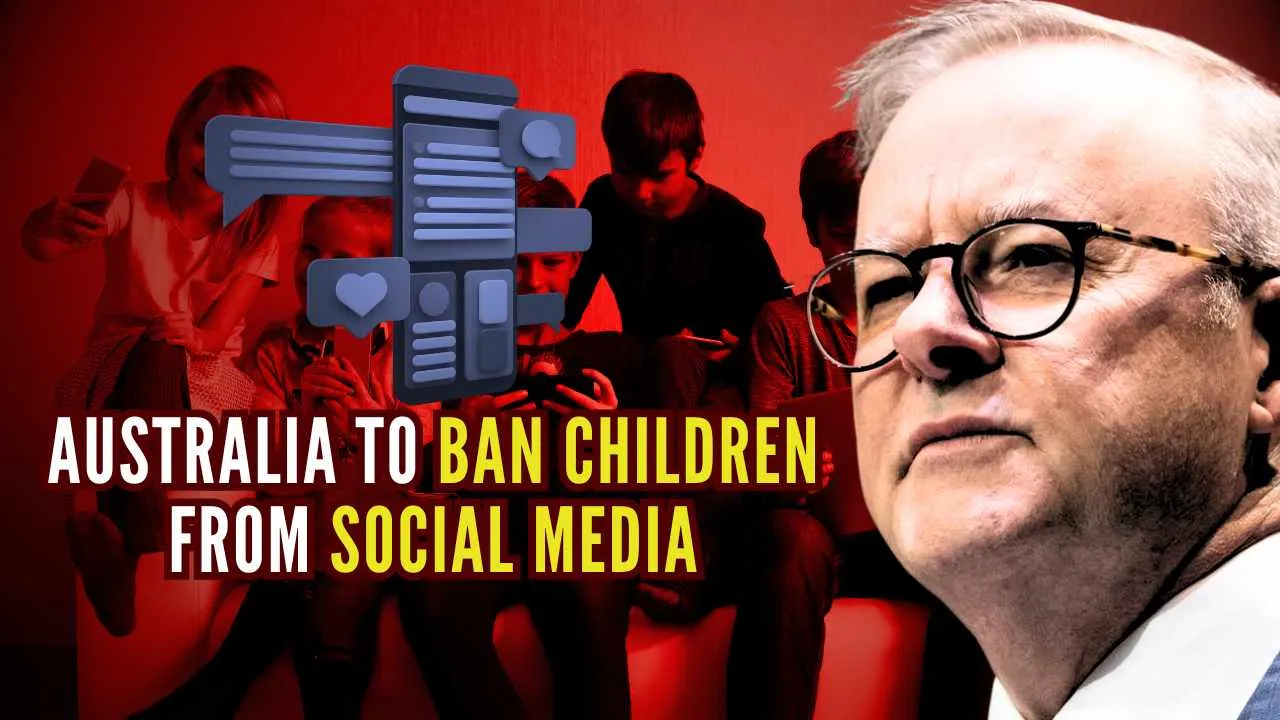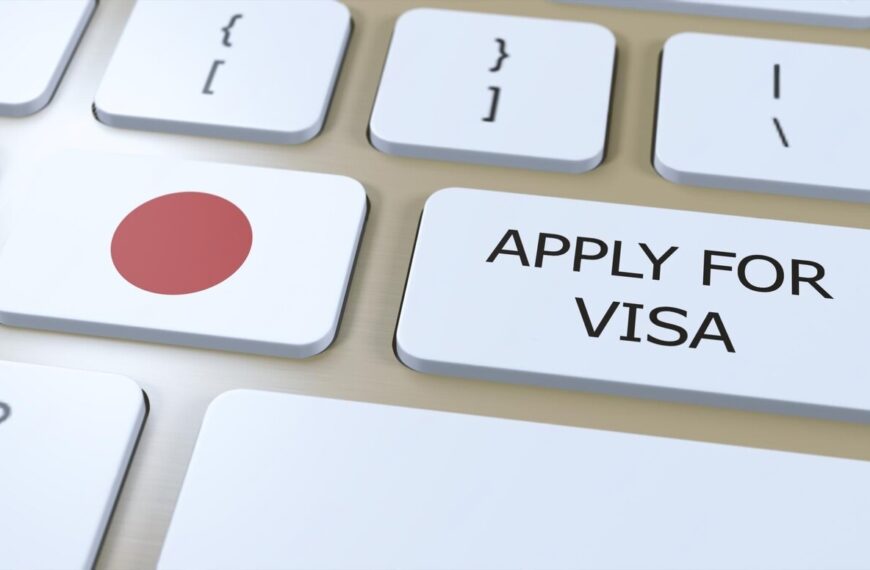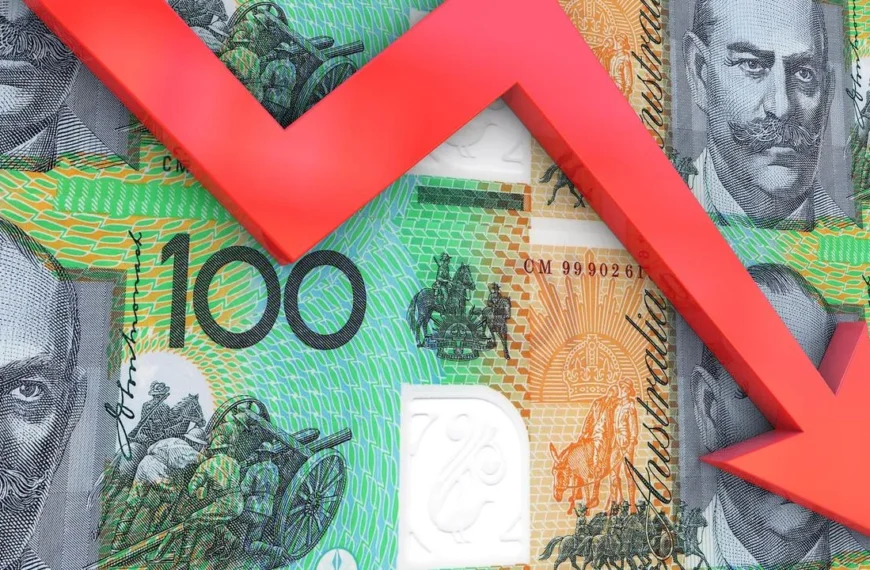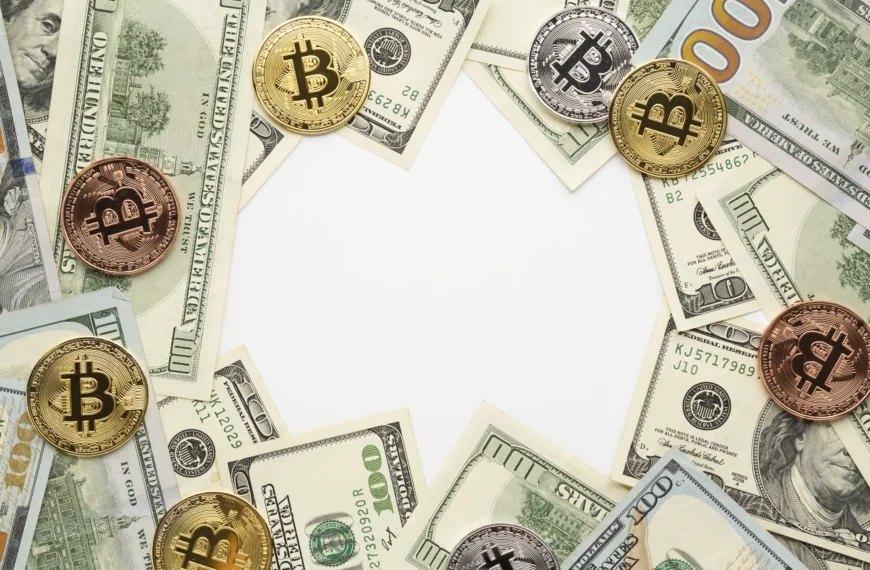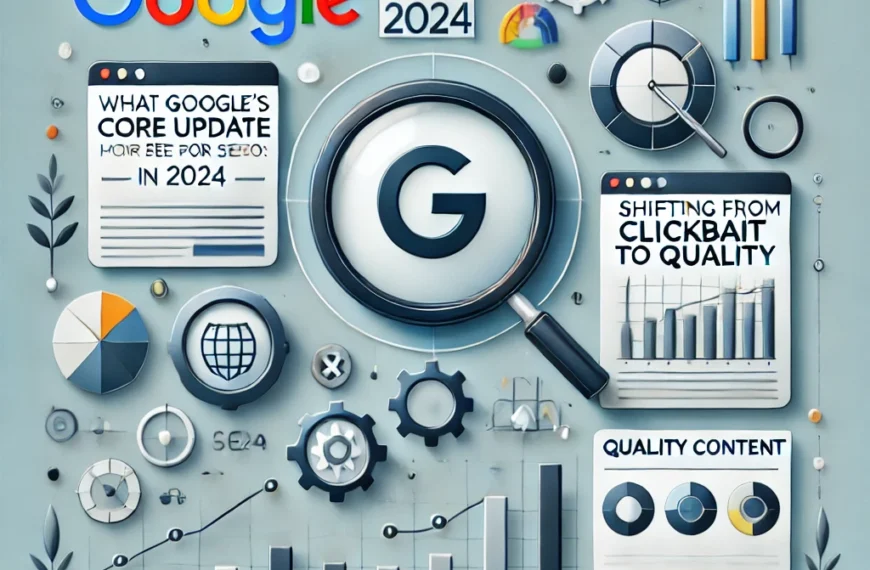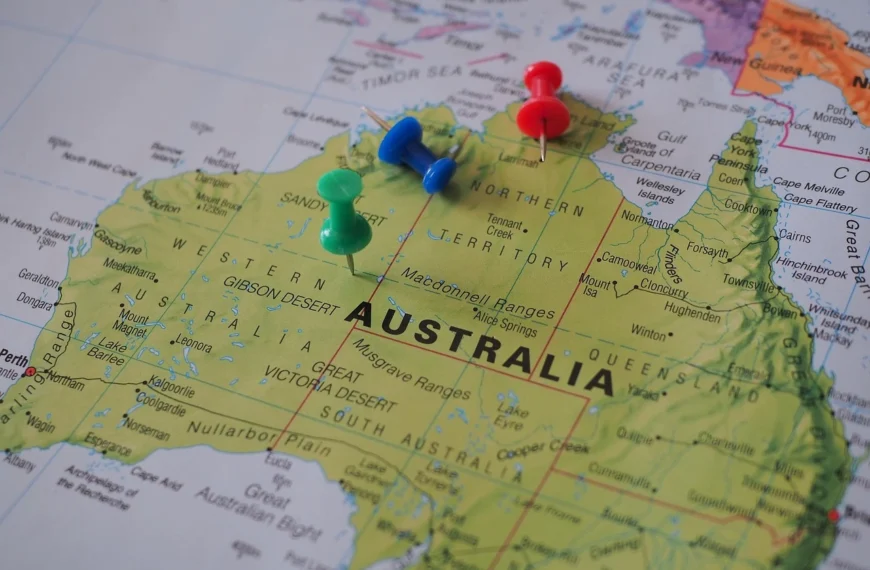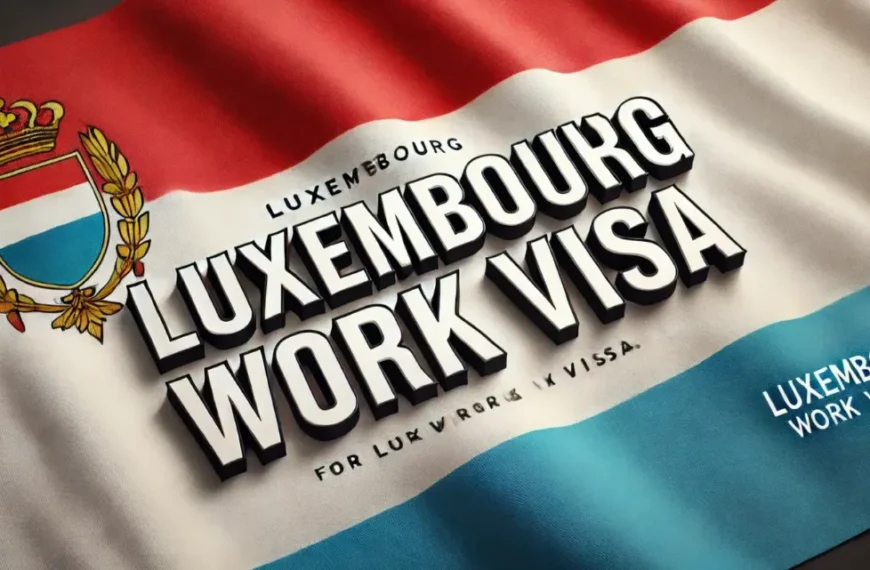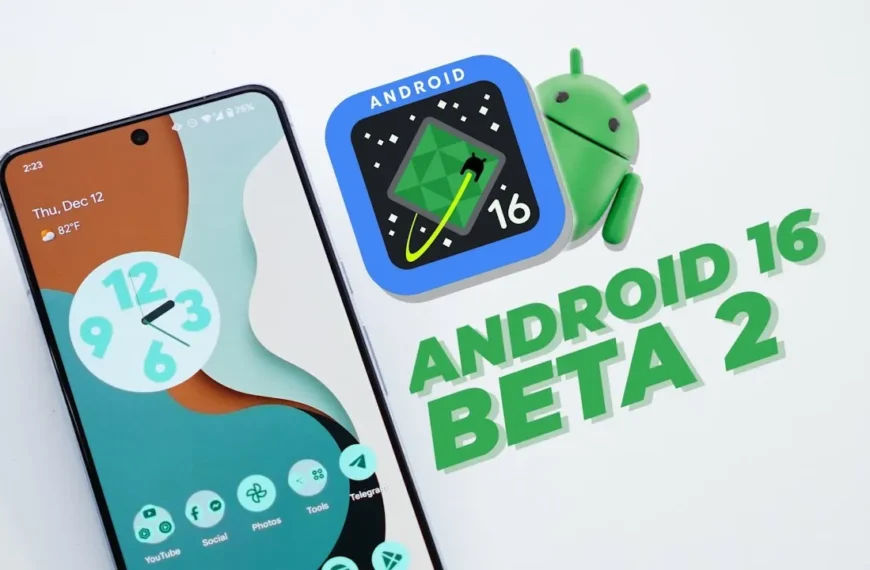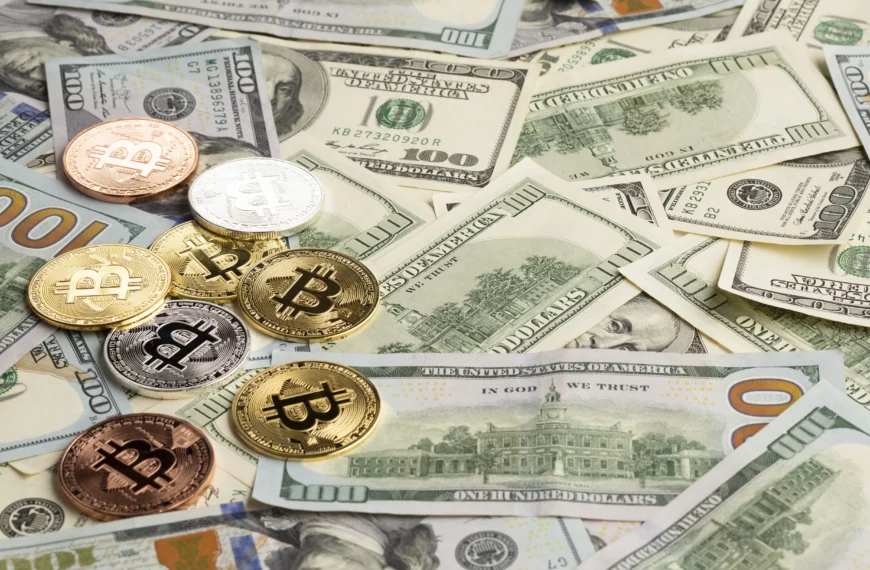In a groundbreaking move that has parents cheering and teens groaning, Australia has introduced the world’s first social media ban for kids under 16. That’s right, the land of kangaroos, Vegemite, and cricket is now also where underage scrolling is officially off-limits. If you’re wondering how this bold step might reshape the digital playground, buckle up—we’ve got you covered.
Table of Contents
Kids Offline: Australia’s Call to Action
This isn’t just a casual nudge to spend less time on TikTok; it’s a full-scale intervention. Under the new law, social media platforms like Instagram, Snapchat, and TikTok must verify users’ ages. And we’re not talking about the classic “Are you 18? Yes/No” loophole. Nope, this is the real deal: biometrics, government-issued IDs, and perhaps even a blood oath (okay, maybe not that last one).

But why now? The digital habits of kids have become a serious concern. Parents are tired of fighting the uphill battle of screen time, and experts warn about rising cases of cyberbullying, exposure to harmful content, and digital addiction. The Australian government has decided it’s time to take the reins and say, “Not on our watch, kiddos.”
Age Verification: The Tech Behind the Ban
Here’s where the magic—or madness—happens. Platforms will be required to implement advanced age-verification systems. Biometrics might include facial recognition software that checks if users look old enough, while government ID verification will leave no room for fake profiles.
However, this futuristic tech raises eyebrows. Critics argue that collecting sensitive data like biometric scans could lead to privacy breaches. Imagine your data ending up on the dark web just because you wanted to post a cat meme. It’s a tricky balance between protecting kids and protecting their data.
Teens vs. Tech: What Could Possibly Go Wrong?
While the intention behind this law is commendable, there are potential unintended consequences. Restricting social media access might push teens to unregulated corners of the internet. Picture this: a generation of tech-savvy teens flocking to underground platforms that make MySpace look like a Fortune 500 company.

Plus, let’s not forget the social impact. For many kids, social media isn’t just a distraction—it’s a way to connect, learn, and build digital literacy. Taking it away could widen the gap between teens and the tech-driven world they’re growing up in. It’s like banning calculators in math class: sure, they’ll learn the basics, but they’ll be at a disadvantage in the real world.
Critics Cry Foul: Too Much or Just Enough?
Unsurprisingly, this law hasn’t gone down smoothly with everyone. Opponents argue that the ban is overly draconian. They say education on responsible online behavior would be more effective than simply cutting kids off from the internet’s biggest platforms.
Then there’s the question of enforcement. Will kids be kept off social media, or will they find clever ways around it? If history has taught us anything, it’s that teens are nothing if not resourceful. Fake accounts, VPNs, or borrowing their parents’ phones—if there’s a loophole, they’ll find it.
A Global Game-Changer: Will the World Follow?
Australia’s move could set a powerful precedent. Countries like the U.K., U.S., and Canada are watching closely. If the ban succeeds, it might inspire similar laws worldwide. If it flops, Australia risks becoming a cautionary tale.
It’s worth noting that social media regulation has been a hot topic globally. The European Union has been exploring tighter digital privacy laws, while the U.S. has faced increasing pressure to address the impact of social media on mental health. Australia’s experiment could very well become the blueprint—or the warning sign—for future policies.
Teens and Tech: A Modern Love-Hate Relationship
What about the teens themselves? For them, this ban might feel like a digital doomsday. Social media is where they connect with friends, express creativity, and stay informed (even if it’s mostly about which celebrity wore what). Taking it away could feel like a cultural and social isolation.
However, the flip side is promising: more offline interactions, healthier habits, and less pressure to keep up with the “perfect” lives portrayed online. Imagine a world where kids play outside instead of perfecting their selfie angles. Revolutionary, right?
What This Means for Parents and Platforms
For parents, this law might feel like a long-awaited lifeline. No more nagging about screen time or worrying about cyberbullying—at least, in theory. For tech platforms, however, this is a logistical nightmare. Implementing age-verification systems isn’t just expensive; it’s also fraught with ethical dilemmas.
Will platforms comply willingly, or will they resist? And how will this impact their user base and revenue streams? After all, teenagers make up a significant chunk of social media users. Losing them could be a blow to platforms’ bottom lines.
What’s Next for Australia?
As the law comes into effect, all eyes will be on Australia to see how it plays out. Will it lead to safer, happier kids and a more responsible digital ecosystem? Or will it backfire, creating a generation of frustrated, disconnected teens? Only time will tell.

One thing’s for sure: Australia has sparked a global conversation about kids, social media, and where to draw the line. Whether you see this as a bold step forward or a step too far, it’s a move that will have everyone—parents, teens, and tech giants alike—reassessing their relationship with the online world.
